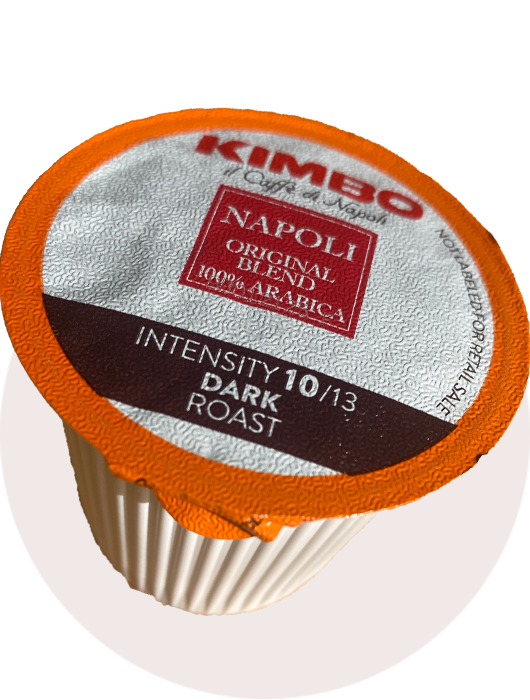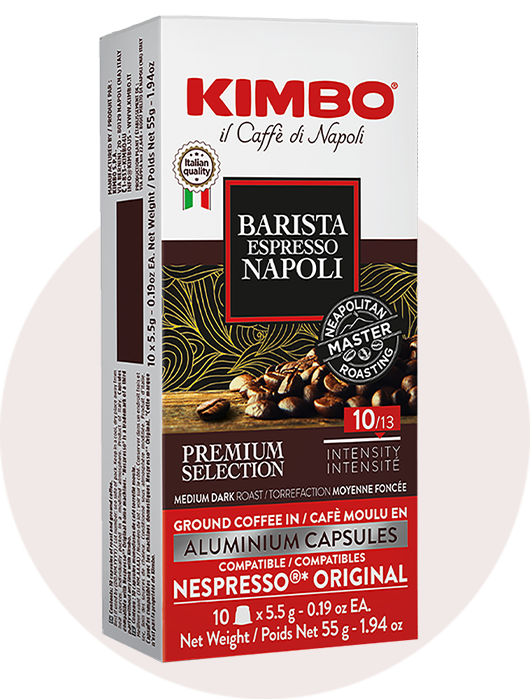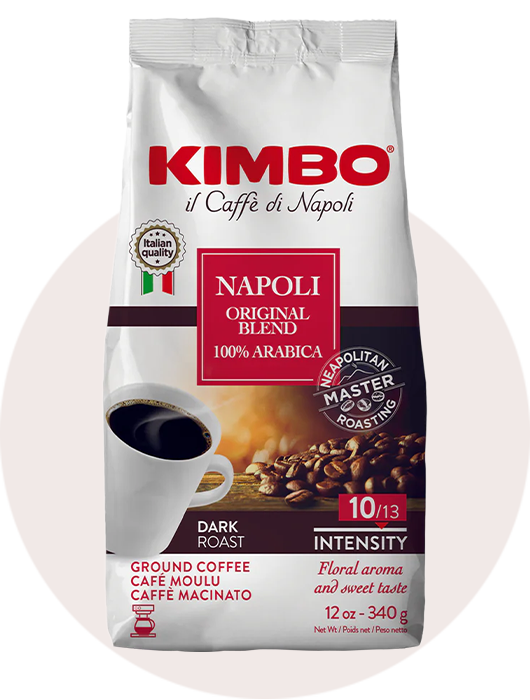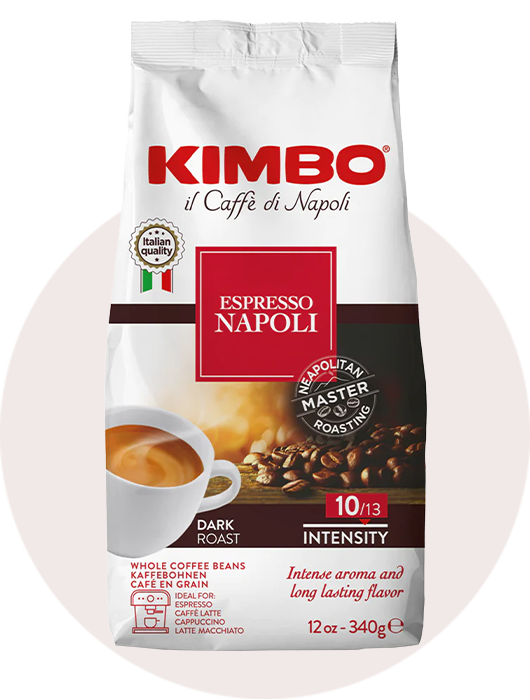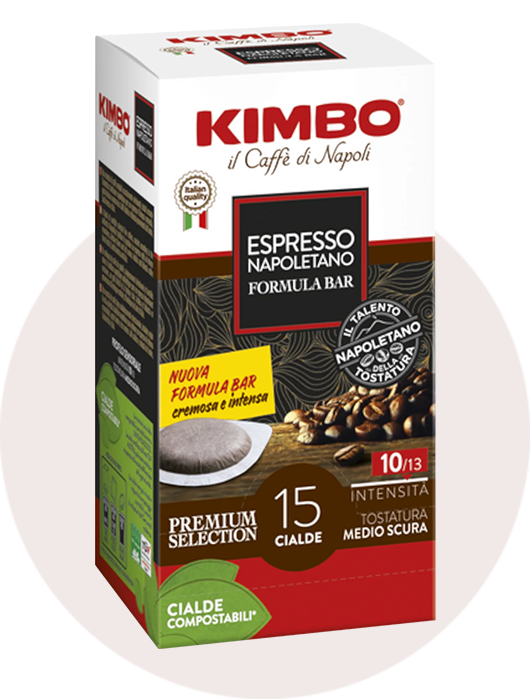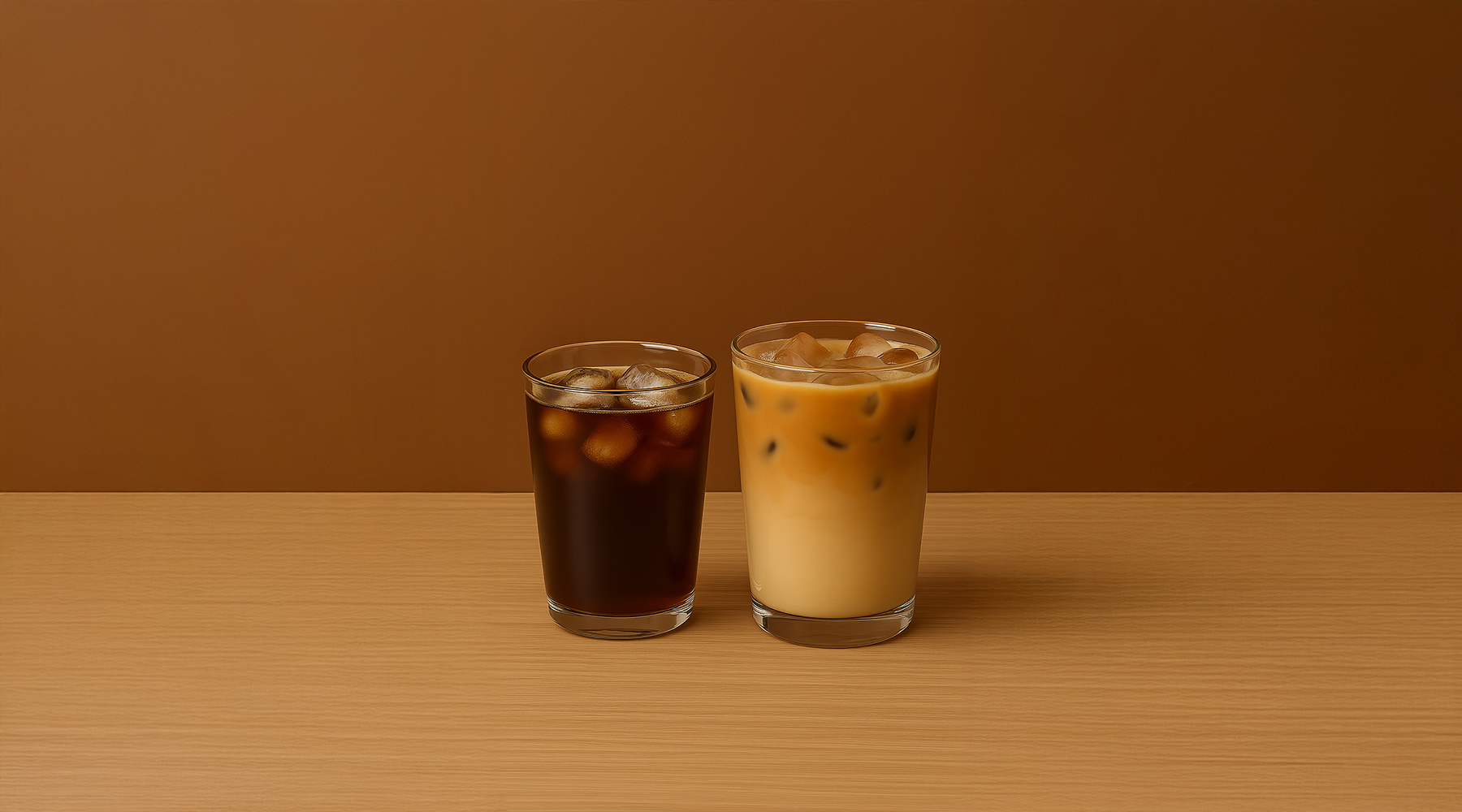It's 90 degrees outside. You're walking down the street, sweat beading on your forehead, and all you can think about is something cold and caffeinated. You step into a coffee shop and face the age-old summer dilemma: iced coffee or iced latte?
These two popular cold coffee drinks might look similar in the cup, but they're as different as night and day when it comes to preparation, taste, and even nutrition. Whether you're a coffee shop regular or someone looking to up your at-home coffee game, understanding these differences will help you choose the perfect cold coffee companion.
The Origins Story
Cold coffee isn't new. In fact, it dates back to the 1600s in Japan, where "Kyoto-style" slow-drip coffee was all the rage. The modern iced coffee we know today became popular in the United States in the early 20th century.
The iced latte, however, is a newer creation that gained popularity alongside the rise of specialty coffee shops in the 1980s and 1990s. As espresso machines became more accessible, coffee shops began offering chilled versions of hot favorites, including the beloved latte.
Different countries have put their spin on cold coffee. Vietnam has its sweetened condensed milk version, Greece enjoys frappé (a shaken foam-topped cold coffee), and Australia has perfected what they call an "iced coffee" – which actually includes ice cream!
Fundamental Differences: The Coffee Base
Iced Coffee: Brew Method Variety
Iced coffee starts with... well, coffee. But not just any coffee – it can be prepared using several methods:
-
Traditional Method: Brew hot coffee at double strength, then pour over ice
-
Cold Brew Method: Steep ground coffee in cold water for 12-24 hours, creating a smooth, less acidic flavor
-
Japanese-Style Flash Brewing: Hot coffee dripped directly onto ice, preserving bright flavors while cooling instantly
A barista at a specialty coffee shop in Portland told me, "Cold brew has dominated the iced coffee scene for the last decade because people love how smooth it is, but flash-brewed iced coffee is making a comeback for those who miss the complexity of hot-brewed coffee."
Iced Latte: The Espresso Foundation
An iced latte always starts with espresso shots. What makes espresso different? It's all about pressure. Espresso machines force hot water through finely-ground coffee under high pressure (around 9 bars), extracting intense flavors in just 25-30 seconds.
This pressure-brewing creates a concentrated coffee with a layer of crema (the golden foam on top) and pulls different compounds from the coffee beans than traditional brewing methods. The result is a more concentrated, robust flavor base that stands up to milk.
A standard iced latte typically uses a double shot of espresso (about 2 ounces) as its foundation, though some coffee shops might use a single shot for smaller sizes or triple shots for larger offerings.
The Milk Factor
Iced Coffee: Optional Addition
With iced coffee, milk is entirely optional. Many coffee enthusiasts prefer it black to appreciate the coffee's natural flavors. When milk is added, it's usually just a splash – typically about 10% of the total volume.
American-style iced coffee often comes with the milk on the side, letting you add as much or as little as you like. In contrast, Australian-style iced coffee comes with a generous pour of milk and often a scoop of ice cream on top!
Iced Latte: Essential Ingredient
In an iced latte, cold milk isn't just an addition – it's a cornerstone ingredient. The golden ratio is typically one-third espresso to two-thirds milk, giving the drink its signature creamy texture.
The type of milk you choose dramatically affects the final product. Whole milk creates a richer, creamier latte, while skim milk produces a lighter version. Alternative milks like oat, almond, or coconut each bring their own flavors and textures to the party.
"The proteins in milk act as natural emulsifiers," explains Maria Flores, a coffee scientist who studies milk and coffee interactions. "They bind with the espresso oils in a way that creates that silky mouthfeel people love in lattes."
Taste Profile Breakdown
Iced Coffee
When you sip an iced coffee, your taste buds pick up on:
-
Brightness and Acidity: Particularly in flash-brewed methods
-
Complex Flavor Notes: Fruity, chocolatey, or nutty depending on the beans
-
Clean Finish: Less lingering aftertaste than milk-heavy drinks
Cold brew iced coffee tends to have 67% less acidity than hot-brewed, giving it that signature smoothness many people love. It also pulls out different flavor compounds during the long steeping process, often highlighting chocolate and caramel notes while minimizing some of the brighter, more acidic tones.
Jake Liu, head roaster at a specialty roaster in Seattle explains: "With cold brew, you get less of those fruity acids and more of the chocolatey bass notes. Flash-brewed iced coffee preserves those high notes – the citrus, berry, and floral flavors that make certain coffees so special."
Iced Latte
An iced latte offers:
-
Balanced Flavors: The boldness of espresso mellowed by milk
-
Creamier Texture: Velvety mouthfeel from the higher milk content
-
Subtle Sweetness: Natural sweetness from the milk, even without added sugar
The espresso shines through the milk in an iced latte, but in a more balanced way than in iced coffee. The milk proteins bind with coffee oils, creating a cohesive flavor rather than separate coffee and milk tastes.
Visual and Texture Differences
Look at an iced coffee and an iced latte side by side, and you'll notice immediate differences. Iced coffee has a translucent amber color (unless milk is added), while an iced latte has an opaque, creamy appearance.
When freshly poured, an iced latte might show some beautiful layering between the espresso and milk. Iced coffee's texture is light and refreshing, while iced lattes offer a silkier, more substantial mouthfeel.
The ice cubes also behave differently in each drink. In iced coffee, they dilute the coffee as they melt, sometimes affecting the flavor balance. In an iced latte, the cold milk helps insulate the ice cubes somewhat, leading to slower melting and less dilution.
Nutritional Comparison
Let's break down what you're actually consuming with each drink:
|
Aspect |
16oz Iced Coffee (with splash of milk) |
16oz Iced Latte |
|
Calories |
30-50 calories |
150-200 calories |
|
Protein |
0-1g |
8-10g |
|
Fat |
0-1g |
4-8g (depends on milk type) |
|
Caffeine |
165-200mg |
130-150mg (double shot) |
Surprised that iced coffee typically has more caffeine? Many people assume espresso-based drinks pack more punch, but a 16oz iced coffee contains more total coffee than the double shot of espresso in a similarly sized iced latte.
At just 5 calories per 16 oz, black iced coffee is one of the lowest-calorie coffee choices. Because iced lattes contain milk, they offer more protein than plain iced coffee.
Whole milk naturally contains calcium (about 300 mg per cup).
When to Choose Which Drink
Morning option: Iced latte offers protein from milk alongside espresso. Afternoon Refreshment: Iced coffee offers hydration with a lighter touch Pre-Workout: Iced coffee provides maximum caffeine with minimal calories Dessert Substitute: An iced latte satisfies sweet cravings with natural milk sugars
Some nutrition professionals note that the brighter acidity of iced coffee can pair well with light meals.
Specialty Variations Worth Trying
If you love iced coffee, try:
-
Nitro Cold Brew: Infused with nitrogen for a creamy, stout-like texture
-
Shakerato: Italian-style iced coffee shaken vigorously until foamy
-
Japanese Flash-Brew: Bright, complex flavors preserved through rapid cooling
If you're an iced latte fan, don't miss:
-
Spanish Latte: Made with condensed milk for extra sweetness
-
Iced Flat White: Similar to an iced latte but with a higher coffee-to-milk ratio
-
Iced Dirty Chai Latte: Chai tea and espresso combined with cold milk
The Cold Truth About These Cool Drinks
Iced coffee and iced lattes might both fall under the "cold coffee" umbrella, but they offer completely different experiences. Iced coffee showcases the complex flavors of the bean itself, with bright acidity and a refreshing finish. Iced lattes balance the boldness of espresso with the creamy sweetness of milk, creating a more indulgent, substantial beverage.
Your choice between these two drinks might depend on the weather, your mood, your dietary preferences, or simply what flavors you're craving. Maybe you're a morning iced latte person and an afternoon iced coffee enthusiast. Or perhaps you switch between them seasonally.
The beauty of coffee culture is that there's no right answer – only personal preference. So next time you're faced with the iced coffee versus iced latte decision, you'll know exactly what goes into each drink and can make your choice with confidence.
Frequently Asked Questions
Is an iced latte stronger than iced coffee?
In terms of coffee flavor, iced coffee often tastes stronger because it's not diluted with as much milk. In terms of caffeine, a 16oz iced coffee typically contains more caffeine (165-200mg) than a 16oz iced latte with a double shot of espresso (130-150mg).
What's the difference between cold brew and iced coffee?
Cold brew is a type of iced coffee made by steeping grounds in cold water for 12-24 hours. Traditional iced coffee is made by brewing coffee hot and then cooling it. Cold brew tastes smoother and less acidic than regular iced coffee.
Can I make an iced latte without an espresso machine?
Yes! While espresso machines create the best results, you can use a moka pot, AeroPress, or even strongly brewed coffee as substitutes. The key is getting a concentrated coffee that won't taste watered down when mixed with milk and ice.
Do coffee shops use a different type of milk for iced lattes?
Many coffee shops use the same milk for both hot and iced drinks. However, some specialty shops use milk with a higher fat content for iced drinks since cold temperatures can make flavors less pronounced.
How do iced macchiato and iced latte differ?
An iced macchiato typically layers espresso over milk (opposite of a latte) and uses less milk overall.
